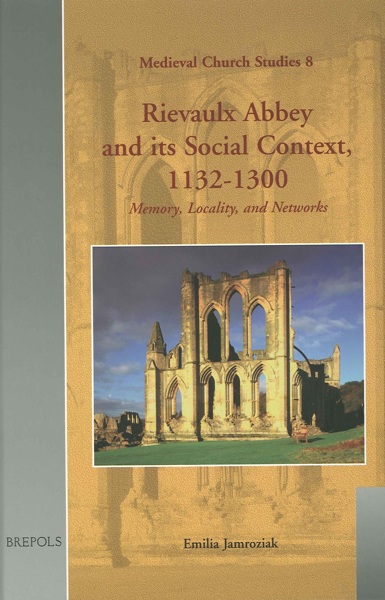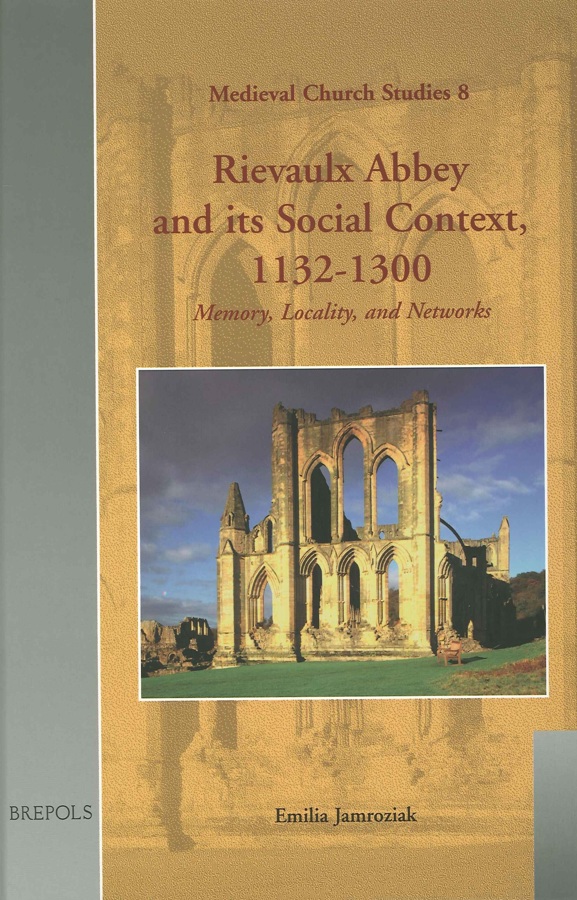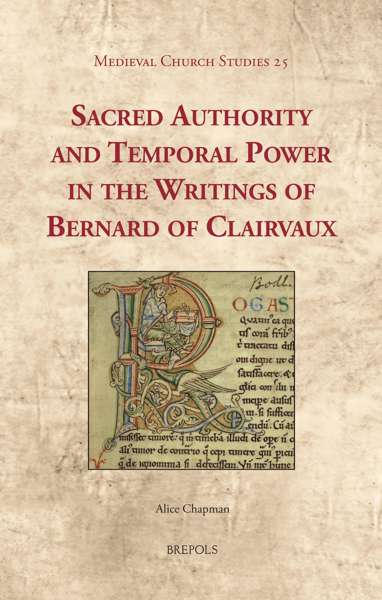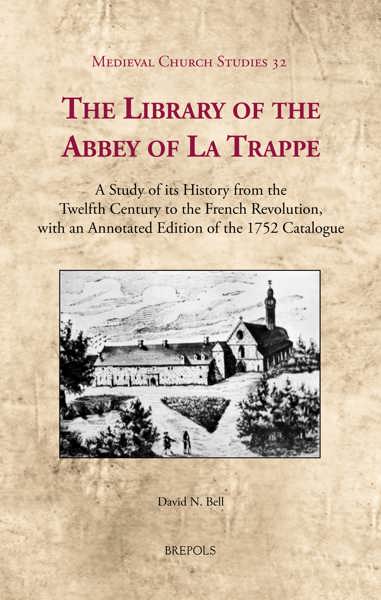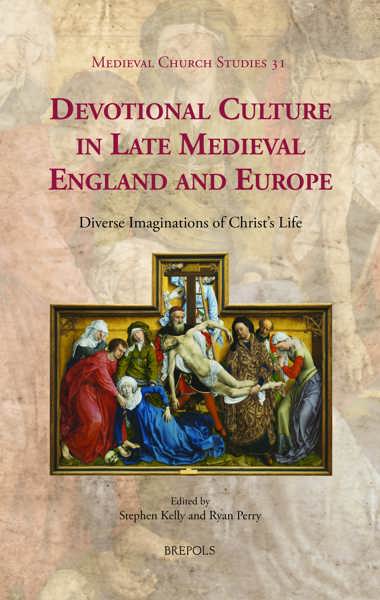
- Pages: 252 p.
- Size:160 x 240 mm
- Language(s):English
- Publication Year:2005
- € 35,00 EXCL. VAT RETAIL PRICE
- ISBN: 978-2-503-52177-0
- Hardback
- Available
- € 35,00 EXCL. VAT RETAIL PRICE
- ISBN: 978-2-503-57215-4
- E-book
- Available
The present work is the first in-depth study devoted to the social history of Rievaulx abbey, one of the most prominent houses of white monks (Cistercians) in medieval England.
"Dr. Jamroziak provides a fascinating and penetrating study of Rievaulx, making the fullest use of the surviving cartulary and relating its evidence to a wide range of benefactors and interested parties in Yorkshire, and beyond." (L. Butler in: Northern History, XLIII:1, March 2006)
"Emilia Jamroziak's book demonstrates how fruitful the close study of individual cartularies can be for deepening our understanding of the relations between monasteries and society." (M. Heale in: Yorkshire Archaeological Journal, vol. 78, 2006, p.255-256)
"Jamroziak has set the bar high for the future studies of monastic houses and their social networks." ( A.E. Lester in Speculum, July 2006, p. 867-869)
"Jamroziak's intelligent and valuable study of Rievaulx is particularly notable for the examination of the mechanisms for the interaction of lay interests and monastic community in the first century of the Order's history. At the same time it contributes importantly to the current wider debate on the shaping of Cistercian practice." (P. Fergusson, in: The Medieval Review, 06.02.06)
Rievaulx abbey was one of the most prominent houses of white monks (Cistercians) in England, and became in the course of the twelfth and thirteenth centuries an important feature of the ecclesiastical and social landscape of Yorkshire. The present work is the first in-depth study devoted to Rievaulx's social history. The abbey's once extensive archives were largely destroyed after the Dissolution, but the surviving late-twelfth-century cartulary provides a fascinating insight into the process of creating institutional memory, preserving and shaping information about various neighbours of the abbey, and creating a 'map' of social networks that developed around Rievaulx. The complex picture of building and sustaining connections between the abbey and its lay patrons, benefactors and neighbours forms a core to this book. This study also examines how Rievaulx co-existed with other religious institutions in the area, and particularly the practical dimension of friendships between abbots, declarations of mutual support between monastic communities, and how these were reconciled with a fierce competition for land and donations. Contacts between Rievaulx abbey and the nearby archbishops of York and bishops of Durham were intense and these contacts demonstrate how important these prelates were as potential supporters, and how broader ecclesiastical issues influenced their relationships with Rievaulx. Whilst exploring the case of one particular monastery this book is an important contribution to the current debate on the shaping of Cistercian practice, and particularly the mechanisms for the interaction between laity and monastic communities, during the High Middle Ages.
